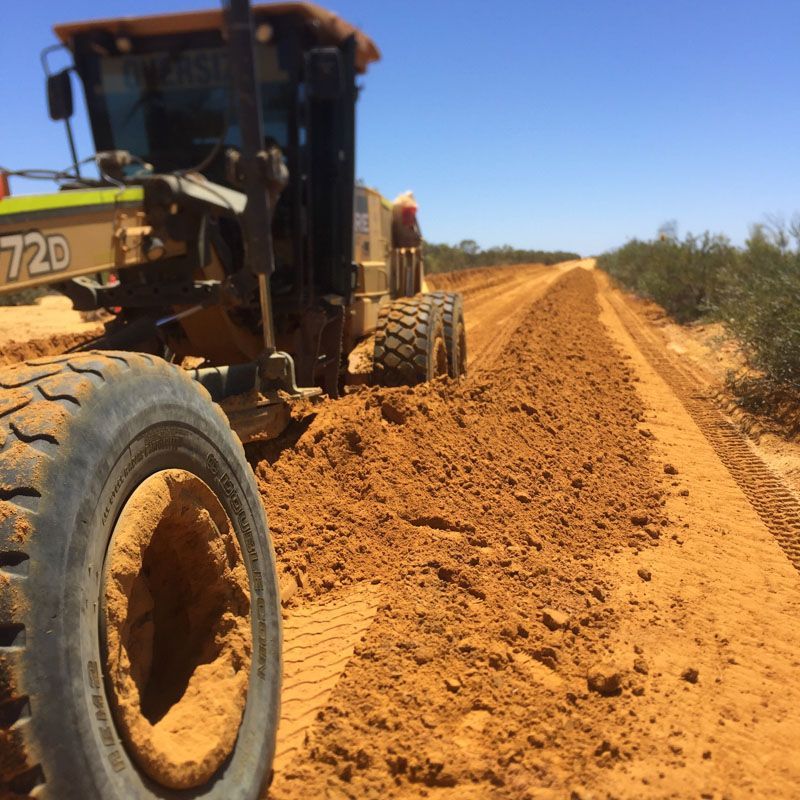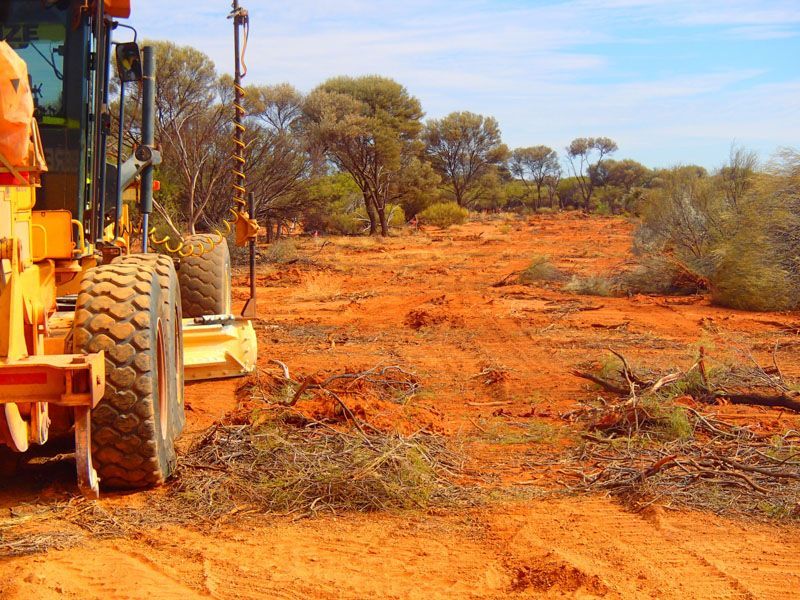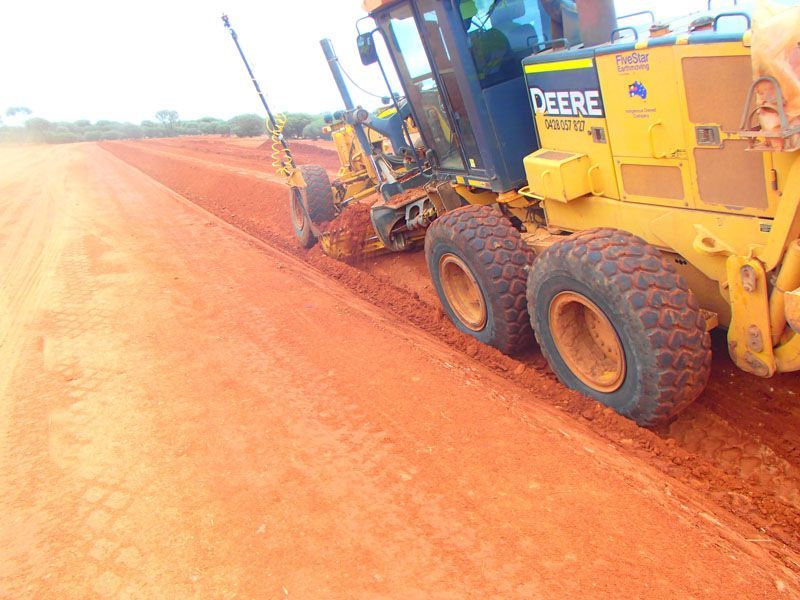What is a grader used for?
The sole purpose of a grader is in its name. A grader, also known as a road or motor grader, levels ground. It is used to level a surface to a particular grade prior to laying concrete or asphalt. Using its long blade also known as a moldboard, a grader is used to compact and level a surface which ensures the structural integrity of future use and builds. The moldboards width can vary anywhere from 8 to 24 feet and can be hydraulically manipulated depending on the task to be completed.
The job that the grader is used for depends on the size. Smaller graders are perfect for projects in small spaces and require repeated grading as they don’t have wider blades. These are also known as articulated frame motor graders and have a hinge between the front and rear axel making moving in small spaces easy. Larger graders have larger moldboards meaning they cover more ground in one pass. However, with larger graders manoeuvrability is sacrificed for efficiency, and more fuel is used. These kinds of graders are called rigid frame motor graders. Compared to the articulated frame, rigid frame graders only have one axle which limits steering and movements from left to right.
Originally, bulldozers were used to level a surface but to speed the process up and improve the finish, graders were introduced. To further increase the efficiency and effectiveness of graders, GPS base station and LPS total station were created.
What is GPS Base Station and LPS Total Station?
The original process of grading runs on a lack of detailed information and the use of stringlines and stakes. This makes the project lengthy. Those days are no more! Systems have been updated to allow you to complete your project effectively and efficiently with GPS base station and LPS total station.
Rather than running manually off hubs, GPS base station uses laser and GPS to provide machine operators with satellite positioning and digital 3D models inside the cab as they work. This eliminates the need to get out and place and move stakes and provides operators with cut/fill information from within the cab as they see themselves moving on the site in real time.
The LPS total station is a back-up for when the GPS system is out of action due to reception. This station also tracks the machines position on the site and relays updated information on grade and position to the cab every second. This allows jobs to be completed at a faster rate, with operators receiving more information than they would with the simple stake or stringline process.
Is grader hire the right choice for your next project?
Graders can be used for a range of projects due to the capacity to support a variety of attachments. Some of these jobs include:
- Road building and realigning, maintenance, and final trimming on roads
- Compacting and spreading
- Scarifying
- Fine grading
- Earthmoving
- Clearing bushland and debris
- Creating inclines
- Snow removal
Contact us for reliable grader hire for your project today
If you want your grading process to be completed to the highest of standards in a timely manner, contact Fivestar Earthmoving today. Our John Deere 772D motor grader is available for wet hire and is equipped with GPS base station and LPS total station to make sure your project is completed efficiently and effectively.



